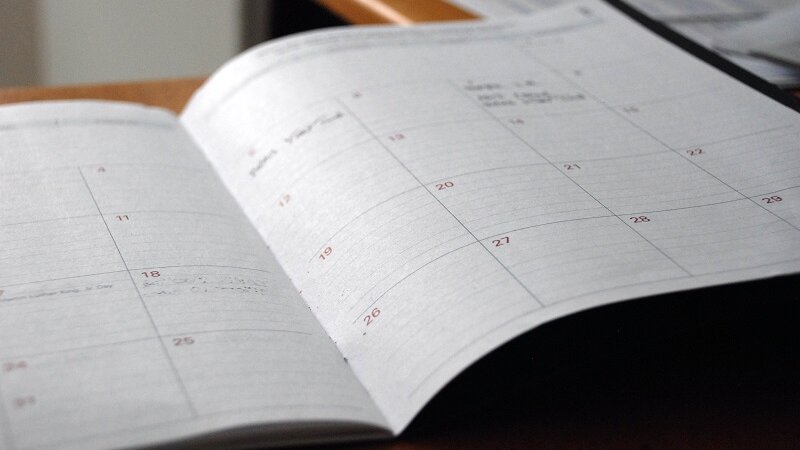Setting Your Schedule
Episode #9 of the course Starting a freelance business: Ten essential tips by K.C. Finn
Freelancing offers fantastic freedom to take things at your own pace. In this lesson, we look at how to balance your work alongside a flexible lifestyle to maximize your earnings and free time. I’ll be addressing popular pitfalls that new freelancers can and should avoid, as well as looking at pricing and how much time and effort is worth a certain cost in your freelance schedule.
Your Time Is Valuable
When you first start out in the freelance world, you may not have many clients to recommend you or much experience in the specific field in which you wish to work. This, however, should not encourage you to sell yourself short based on the education, experience, and skills that you do have. Clients will always be looking to find a bargain on the people they hire, but that doesn’t mean they won’t be willing to pay a little more for somebody who genuinely impresses them and possesses all the skills that they require.
Time yourself regularly so you know how long it takes you to complete a particular project, and compare that to the wage that clients have offered you. Let it be a guiding principle moving forward in future jobs to ensure that you are being paid appropriately for the effort that each job takes. Many freelancing sites and agencies will allow you to list an approximate per hour rate, and these can often be negotiated privately with clients in terms of overtime and bonuses, so don’t be afraid to research other workers who offer a similar level of professionalism and experience to yourself.
In my early days as a freelance teacher, I made the mistake of undercutting other workers in order to get clients, but then I found myself run ragged by too many clients and not actually making enough per hour to make it worth the enormous effort of maintaining them all.
Do Not Work Every Single Hour That You Can
This may sound like a counterproductive piece of advice initially in terms of maximizing your earnings, but as a freelancer working from home, you will find that you have more hours available to work than the standard 30-45 hours a week that people in physical workplaces attend. As a young freelancer, I made the mistake of sometimes working up to 100 hours a week across various projects, which became so mentally draining that I couldn’t sustain it. I eventually had to let a few of my clients down, who then did not give me any future work.
To avoid this common pitfall, make sure that you have appropriate leisure time scheduled into your week in the same way that you would if you worked in a physical workplace. It is also desirable within your working schedule to set aside at least one hour or so during each working day for doing correspondence, seeking out new work, advertising, networking, and picking up on any loose ends that you may need to do in order to continue maintaining your freelance career. You’ll be surprised how many extra small jobs need to be done while you are working on singular projects for specific clients, and having small pockets of time available to do busy work can be a nice change of pace from the main projects for the sake of your mental health and sense of balance.
Tomorrow is the final lesson of the course, in which we look to the future and address the idea of business expansion. With all the initial tools and early clients under your belt, I’ll show you the fastest route to expanding your work portfolio, being able to raise your price point, and getting to that ultimate goal of working less and living more.
Until then, think about that schedule of yours.
K.C.
Recommended reading
Bustle offers an excellent article on work/life balance for freelancers, which discusses the dreaded “burnout” in greater detail.
Share with friends

